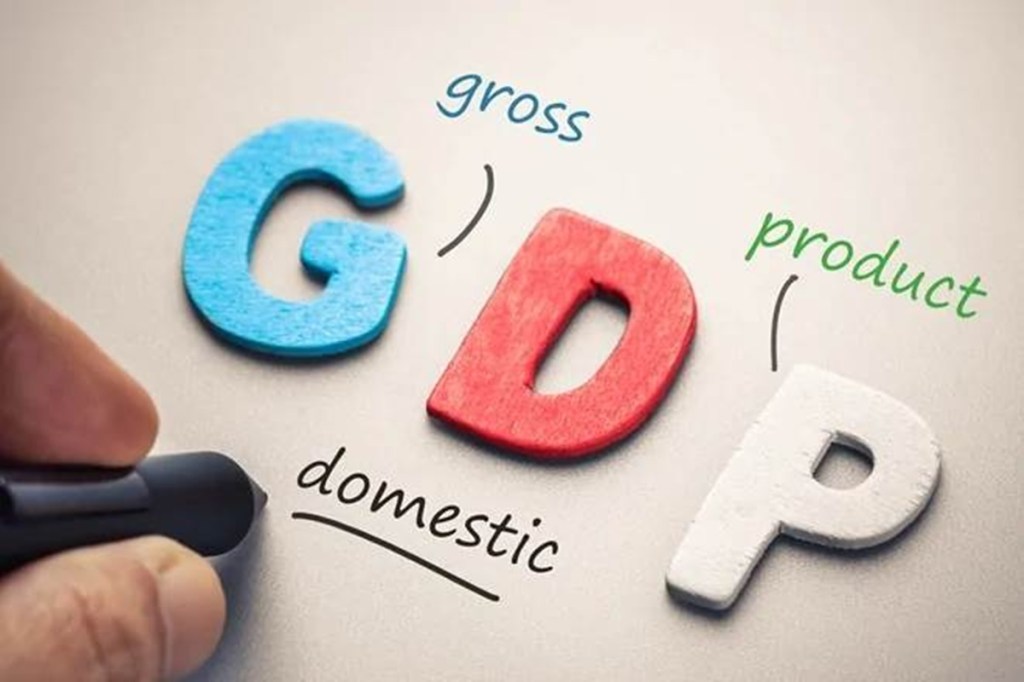The Narendra Modi-led government has completed seven years in power. It is facing headwinds on the politico-economic front, thanks to the second wave of Covid-19 and the below-expectation performance in state assembly elections. Yet, it is time to look back and reflect on its performance on socio-economic parameters over the last seven years. We also compare and see how it faired vis-à-vis the first seven years of the UPA (2004-05 to 2010-11) under Manmohan Singh.
One of the key economic parameters is the GDP growth. The accompanying graphic shows the average annual rate of growth of GDP under the Modi government so far has been just 4.8%, compared with 8.4% during the first seven years of the Singh government. Even if one excludes the year 2020-21 (FY21) due to Covid-19, the six-year average stands at 6.8%, way below the Singh showing. Obviously, at this pace, the dream of a $5-trillion economy by FY25 is not achievable.





However, the Modi government faired better on inflation front, with CPI rising 4.8% per annum against 7.8% during the first seven years of the Singh government. Also, on the foreign exchange front, the former did better, with forex reserves rising from $313 billion on May 23, 2014, to $593 billion on May 21, 2021.
On the food/agriculture front, which impacts the largest segment of population, both governments recorded an annual average growth of 3.5% in agri-GDP during their respective first seven years. However, the Modi government broke all records with respect to food and fertiliser subsidies in FY21, which touched Rs 6.52 lakh crore (38.5% of all revenue of the Union government, as per CGA). It also accumulated grain stocks exceeding 100 million tonnes by end-May 2021. This reflects the large inefficiency in India’s grain management system, and PM Modi shied away from reforming this sector. On agri-exports front, the Modi government performed poorly—in seven years, it could not surpass the $43 billion achieved in FY14. With sluggish agri-exports and subdued farmers’ incomes, the dream of doubling farmers’ real incomes by FY23 may remain a pipe dream.
On the infrastructure front, the Modi government has done better than the UPA. Power generation is higher by 78% and road construction by 30% per annum. In the social-sector, critical for those at the bottom of economic pyramid, we have taken three key indicators to assess performance of the Modi government vis-à-vis the Singh government: (a) average annual person days generated under MGNREGA in the first five years of the programme started by the UPA (FY07 to FY11), which was 200 crore, improving under the Modi government to 230 crore; (b) average annual number of houses completed under Indira Awaas Yojana and PM Awaas Yojana- Gramin, which improved from 21 lakhs to 30 lakhs per annum; and (c) ending open defecation (open-defecation free, or ODF) that was 38.7% on October 2, 2014, and shot up to 100% by October 2, 2019, as per government records. This is indeed commendable; prioritising toilets over temples, the Modi government achieved the completely ODF status that hadn’t been achieved even 67 years after Independence.
Overall, it is clear that Modi government has not performed well on the GDP front. But its record on the agri-GDP front equals UPA’s, and on infrastructure and welfare programs, it is surely better. One may argue that these numbers need to be normalised with say people below poverty line or some other deflator, but still I would say that Modi the government has turned out to be more welfare-oriented than reformist. How long this welfare approach is sustainable without enlarging the size of GDP pie is an open question. One can only hope that once Covid-19 is contained, the government can focus on growth policies and India will bounce back to a high-growth trajectory. Surprisingly, even amidst this gloom, Sensex has been roaring, despite RBI’s warning of a possible bubble. In the meantime, policy makers need to boost demand, support MSMEs, and invest more in health and agri-infrastructure and value-chains in rural areas for the remaining period of the Modi government. Only then they can hope to augment productive employment and incomes of larger number of people on sustainable basis.
The author is Infosys chair professor for agriculture, ICRIER
















